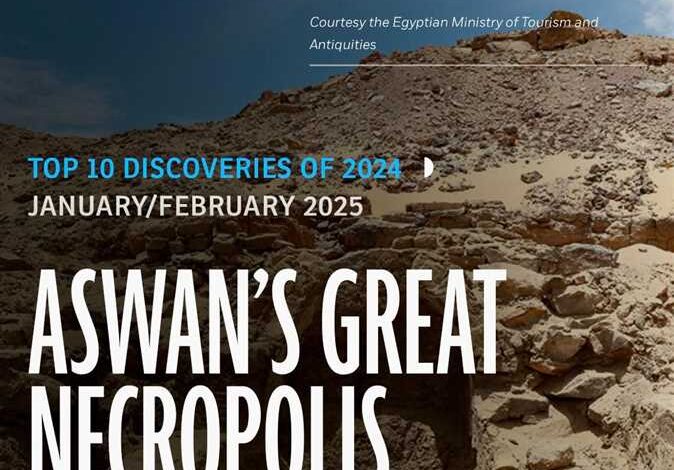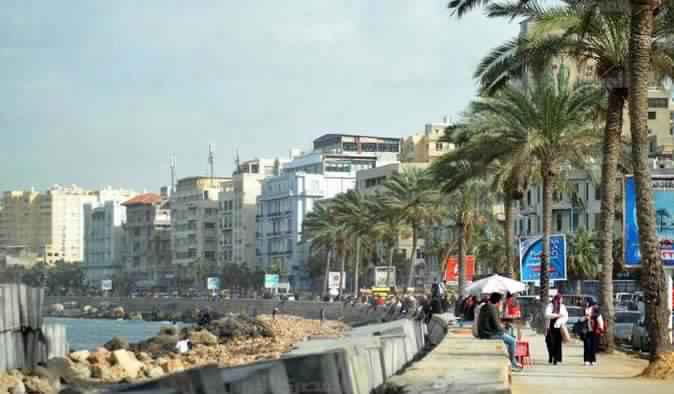
The American “Archaeology Magazine” listed the necropolis discovered around the Aga Khan Mausoleum west of Aswan, which dates back to the Late Period and Greco-Roman eras, as one of the 10 most important archaeological discoveries of 2024.
It hailed the discovery of the Aswan necropolis as an important historical addition to the Aswan archaeological area, and it represents an important step towards better understanding ancient Egyptian civilization during that time period.
The Secretary-General of the Supreme Council of Antiquities, Mohamed Ismail Khaled, explained that the Ministry of Tourism and Antiquities announced the discovery in June, made by a joint Egyptian-Italian archaeological mission during its work in the vicinity of the Aga Khan Mausoleum west of Aswan.
The mission was headed by Professor of Egyptology at the University of Milan, Patrizia Piacentini.
Previously unknown family tombs from the Late Period and Greco-Roman eras were discovered, Khaled said.
He also hailed the magazine’s selection of this discovery among the top 10 for 2024, as it contributed to learning more about the archaeological area.
He further noted the Aswan as one of the vital sites in ancient Egyptian history.
The magazine explained that the finding reveals an unconventional type of cemetery in Egypt, which includes 10 multiple levels of tombs that reflect a wide social gradation, providing a deeper understanding of social life in Aswan during the Greek and Roman eras.
Studies indicate that the cemetery was intended for the burial of the inhabitants of Aswan in the Greek and Roman eras, as it was shown that the upper tombs were intended for the wealthy classes, including the commander of the Egyptian army in the second century BC, while the lower levels were intended for the middle classes.
Archaeology Magazine added that this cemetery extends over an area of 25 acres, and includes over 400 graves containing the remains of thousands of men, women and children, dating back to the period between the second century BC and the second century AD.
The discovery also included the discovery of many unique artifacts such as small statues and brightly colored cartonnage, alongside layers of plaster and linen used to wrap mummies.




